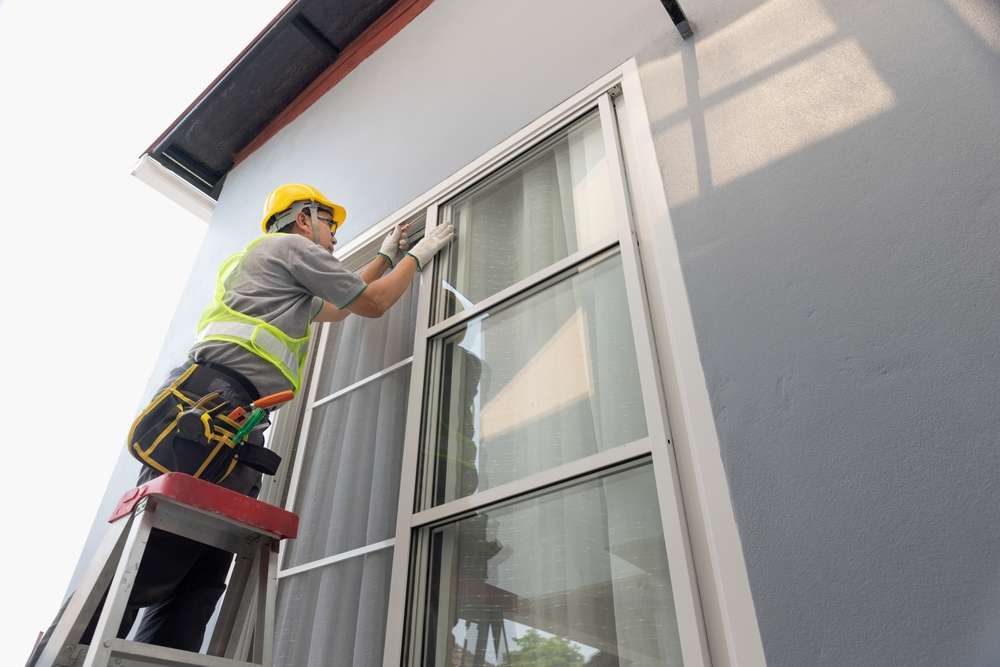Handyman Jobs: Skills, Retirement Options, and Home Repair Work
A handyman role combines practical skills, problem-solving, and customer service to maintain and improve homes. For many people — including seniors exploring part-time work or those approaching retirement — handyman jobs offer flexible schedules and varied tasks. This article explains common duties, relevant carpentry skills, considerations for seniors and retirees, and how to find local home repair opportunities without implying active job listings.

Handyman role and common tasks
A handyman typically handles a broad range of small-to-medium home repair tasks: fixing leaky faucets, repairing drywall, installing shelves, handling basic electrical or plumbing work where licensed contractors are not required, and performing preventative maintenance. The role is often project-based and can involve single-day fixes or a series of visits to address ongoing issues. Good handymen prioritize safe practices, clear communication with homeowners, and an accurate assessment of whether a task requires a licensed specialist.
Many handymen develop routines for estimating time, documenting work, and keeping a basic toolkit ready. Professionalism also means carrying appropriate insurance where required and presenting clear agreements about scope and payment terms. For people exploring this line of work, starting with smaller jobs helps build experience and positive references.
How can carpentry skills help?
Carpentry is one of the most transferable skills for a handyman. Basic carpentry work—such as trim replacement, door adjustments, building simple cabinets, or repairing stair treads—adds versatility and increases the types of projects a handyman can accept. Understanding wood species, fasteners, joinery basics, and safe tool use improves quality and speed, reducing the need to subcontract.
Developing carpentry skills can also open niche opportunities, like custom shelving or small furniture repair, which often command higher hourly rates than simple maintenance tasks. Continuous learning through community college classes, trade workshops, or supervised on-the-job practice helps refine technique and expand service offerings while keeping safety and code compliance in mind.
How can seniors find suitable handyman work?
Seniors often choose handyman work for flexible hours, lighter physical demands, and the chance to use lifelong practical skills. To find suitable roles, seniors can focus on less physically demanding tasks, such as inspections, consulting, itemized estimates, light carpentry, and coordinating other trades. Building a reliable network—neighbors, community centers, and local services directories—supports steady referral business without requiring aggressive marketing.
Adapting work to physical capabilities is important: using assistive tools, limiting ladder work, and scheduling several short jobs instead of long projects can reduce strain. Many seniors also find value in mentoring younger assistants, which creates a team approach and spreads physical tasks while preserving the senior’s expertise and oversight.
How does handyman work fit into retirement plans?
Handyman jobs can complement retirement income by providing part-time, flexible work that keeps skills current and days active. For some retirees, handyperson work is supplementary income; for others, it’s a way to stay socially engaged and mentally stimulated. Structuring work around health and lifestyle is key: setting weekly hour limits, choosing indoor tasks during adverse weather, and maintaining clear boundaries on project complexity reduce stress and burnout.
Financial planning should account for self-employment considerations: tracking income for taxes, estimating quarterly payments if required, and maintaining liability coverage. While working in retirement, many people combine occasional handyperson projects with volunteer activities or family time, striking a balance between earnings and quality of life.
What home repair tasks are in demand in your area?
Demand for home repair services varies by region and season but commonly includes painting, gutter cleaning, door and window repairs, minor plumbing, and routine carpentry fixes. Aging housing stock tends to generate ongoing maintenance needs, while newer homes may require installation and finishing services. Advertising clearly—listing services, availability, and areas served—helps people seeking reliable local services find you.
Building a reputation through clear estimates, on-time visits, and documented workmanship often leads to repeat clients and referrals. Use community bulletin boards, local services listings, and word-of-mouth to connect with homeowners. Be transparent about qualifications and limits; when a job requires licensing (electrical, major plumbing, or structural alterations), refer clients to licensed professionals or partner with them for larger projects.
Conclusion
Handyman jobs offer a practical pathway to flexible, skill-based work that suits many life stages, including senior years and retirement. Success relies on a mix of technical ability (often including carpentry), safe practices, and good client communication. Note that this article discusses the nature of handyman work and finding local services but does not imply current availability of specific job openings. If an accompanying image appears to show unrelated activities—such as someone working on a laptop—treat that image as illustrative only and not representative of the practical, hands-on work described here.






